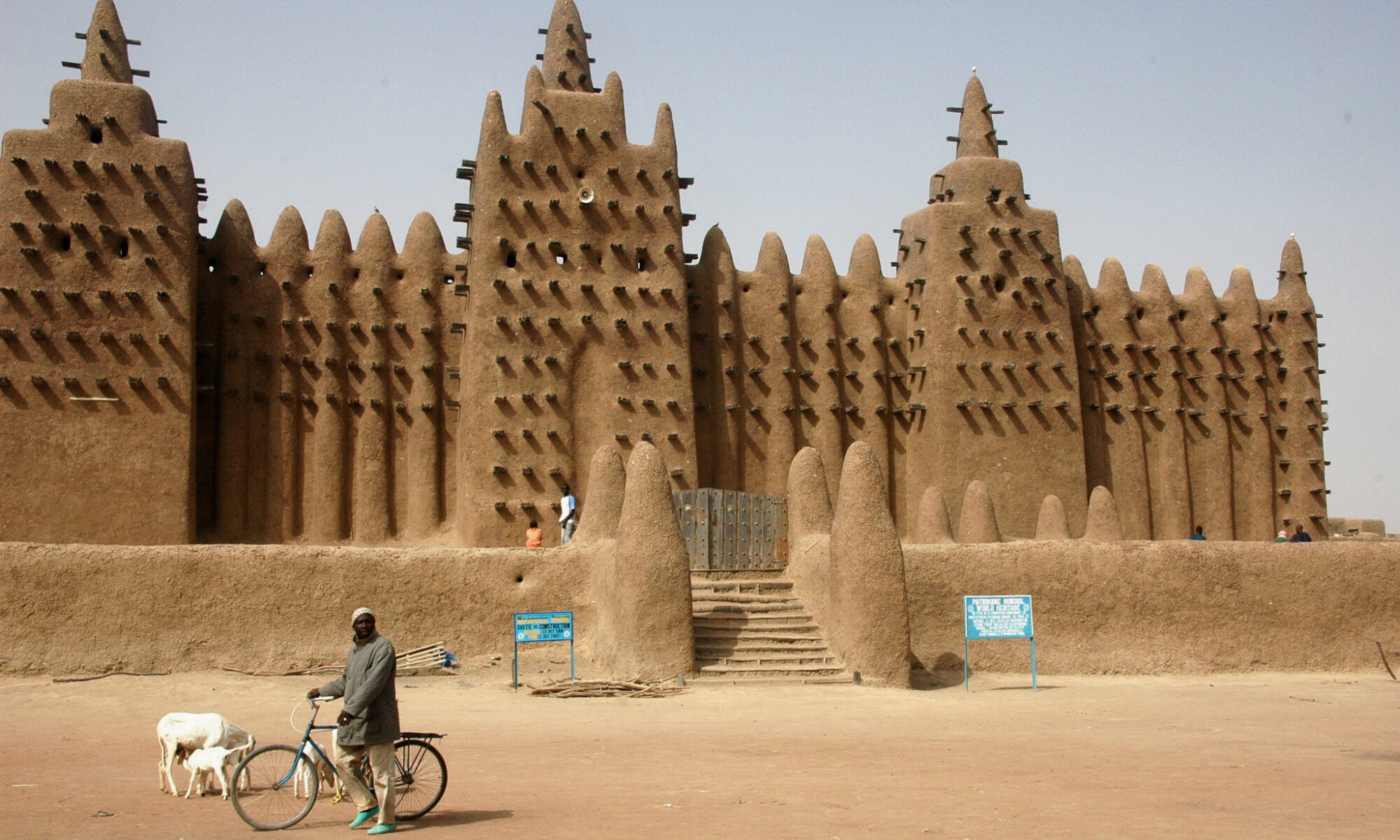
The artist Andy Goldsworthy in “Leaning Into the Wind.” Credit:Thomas Riedelscheimer/Magnolia Pictures
Andy Goldsworthy is an international based artist born in England. His art process is known for integrating and creating with the natural environment. Working as both sculptor and photographer, Goldsworthy crafts his installations out of rocks, ice, leaves, or branches, cognizant that the landscape will change, then carefully documents the ephemeral collaborations with nature through photography.

Andy Goldsworthy, “Tree Fall“, 2013
Goldsworthy has numerous art installation and creations. However, his art installation, Earth Wall, utilizes rammed earth and eucalyptus branches to illustrate simulated layers of earthen materials as an art form and not as a structural material.
 Andy Goldsworthy, Earth Wall, 2014, Photograph by The Chronicle’s Sam Whiting.
Andy Goldsworthy, Earth Wall, 2014, Photograph by The Chronicle’s Sam Whiting.
In order to construct this installation Goldsworthy and his team collected curved eucalyptus branches from San Francisco’s Presidio. Then they installed a sphere of branches onto a wall before the formwork for the rammed earth wall is installed.

After which, a shutter formwork was constructed in front of the wall. Then locally sourced Presidio earth mixed is poured into the forms, and ramming begins. Rammers carefully compact earth around the twisted ball of Eucalyptus branches. Once poured, the formwork is removed revealing a freshly packed rammed earth wall and the center point of the ball of gnarled eucalyptus branches.

Once hardened, Goldsworthy excavates the rammed earth from around the gnarled eucalyptus wood.

For a more detailed visualization view this video.
Andy Goldsworthy continues exploring the relationship between art and the natural environment. His ability to become attuned to his environment mentally, physically, and emotionally, creates a unique perspective of the human and natural world.
“We often forget that WE ARE NATURE. Nature is not something separate from us. So when we say that we have lost our connection to nature, we’ve lost our connection to ourselves.”
– Andy Goldsworthy

Andy Goldsworthy, “Wood Line“, 2011, Photograph by Brian Vahey.
References:
- Rammed Earth Works
- Andy Goldsworthy’s Earth Wall
- Goldsworthy in the Presidio
- Andy Goldsworthy in the Presidio












